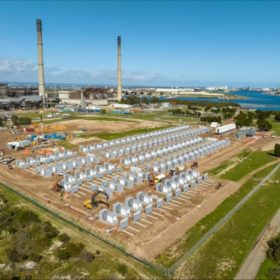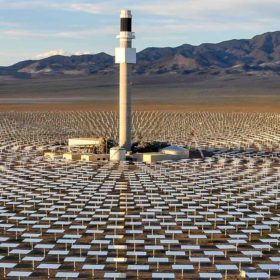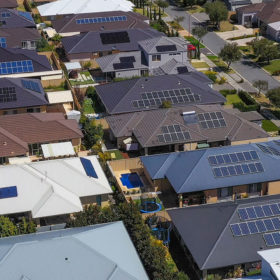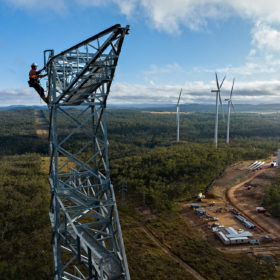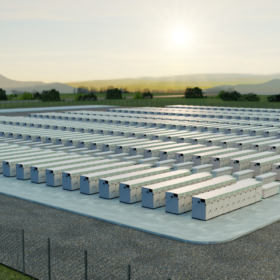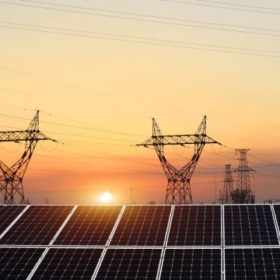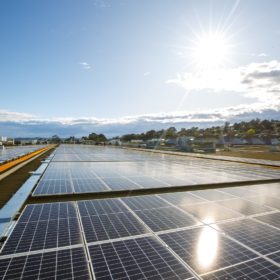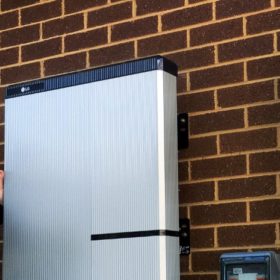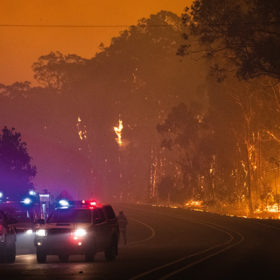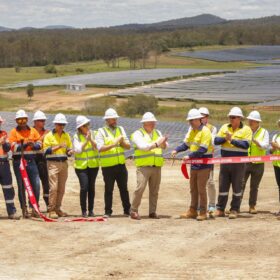Thermal batteries to power gas-plant steam turbines subject of $1 million feasibility study
In a project where the old world of energy meets the new, AGL will investigate the technical and financial feasibility of using thermal batteries to provide the steam for a 200 MW turbine at South Australia’s Torrens Island Power Plant, which usually run on gas.
Solar at night
Director of the Australian Solar Thermal Research Institute, Dominic Zaal, offers a deep dive into the capabilities of concentrated solar thermal technology, including what has been proven by global projects so far and how the all important Power Purchasing Agreements stack up.
Western Power agrees to increase electricity for regional households following fallout
Western Power will begin allocating regional properties in Western Australia’s main grid the same electricity supply as their urban counterparts. The shift comes after sustained community pressure since pv magazine Australia first reported on the issue in July 2022.
Doubts remain despite ‘game changing’ multibillion dollar transmission and REZ funding launch
The Australian federal government’s $20 billion (USD 12.6 billion) Rewiring the Nation program has kicked off with billions allocated to support two major interconnector transmission projects.
BlackRock’s Akaysha wins contract for southern hemisphere’s biggest battery
After acquiring Victorian developer Akaysha Energy in August, the world’s largest asset manager, US company BlackRock, has won the contract to deliver what will apparently be one of the world’s most powerful batteries – the New South Wales Waratah Super Battery. The battery is now expected to have a total capacity of 850 MW / 1,680 MWh.
AEMO on track with ‘world-first’ grid connections simulator
The Australian Energy Market Operator plans to launch a world-first ‘connections simulator’ this year after completing pilot testing of the online tool that is designed to help fast-track the evaluation and approval process for new clean energy grid connections.
Weekend read: Software to serve up more solar
Enabling future energy flows at the lower-voltage distribution level? Unlikely. Wide-scale hardware upgrades would cost billions if not trillions, especially in Australia’s far reaches. Software and digital solutions are identifying new cost-effective ways of letting more sun into the grid.
Flexibility as the key: Shell funded to transform energy demands of C&I sites
Shell Energy Australia has been awarded $9.1 million from the Australian Renewable Energy Agency to recruit at least 40 commercial customer sites, including shopping centres and supermarkets, to begin shifting how and when they use electricity – a demonstration of the potential of flexible demand.
Pairing batteries with rooftop solar
A growing number of residential solar projects include energy storage batteries. In the first part of this series, we look at the backup power feature of batteries.
Weekend read: Islands in the sun
Islandable microgrids are a growing niche, especially in remote regions at the end of electricity networks or parts of the world prone to natural disasters and outages. Renewably powered microgrids can provide a community with more stability and operate independently, so vulnerable regions are not reliant on distant sources of generation, as was the case during Australia’s Black Summer bushfires of 2019-20, when communities were left powerless. From California to Australia’s southern coast, the study and deployment of microgrids is on the rise. pv magazine’s Blake Matich takes a look.
